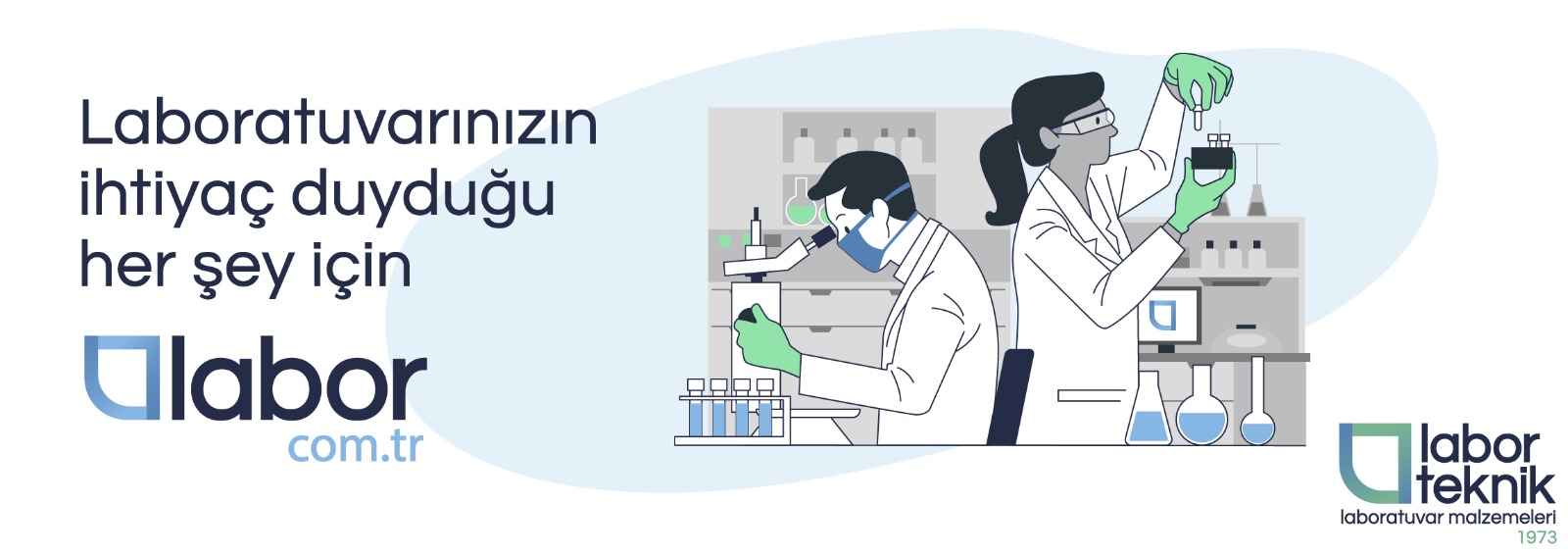Sigma Aldrich 479519 Platinum(0)-1,3-divinyl-1,1,3,3-tetramethyldisiloxane complex solution in xylene, Pt ~2 % 5 gr
Marka
Stok Kodu
LB.SA.479519-5G
Kısa Bilgi
Synonym(s): Karstedt′s catalyst, Platinum(0) 1,3-diethenyl-1,1,3,3-tetramethyldisiloxane complexes Linear Formula: O[Si(CH3)2CH=CH2]2Pt CAS Number: 68478-92-2 Molecular Weight: 381.48 MDL number: MFCD00151662 PubChem Substance ID: 24871623 NACRES: NA.22
| Sigma Aldrich 479519 Platinum(0)-1,3-divinyl-1,1,3,3-tetramethyldisiloxane complex solution in xylene, Pt ~2 % 5 gr |
| Synonym(s): Karstedt′s catalyst, Platinum(0) 1,3-diethenyl-1,1,3,3-tetramethyldisiloxane complexes Linear Formula: O[Si(CH3)2CH=CH2]2Pt CAS Number: 68478-92-2 Molecular Weight: 381.48 MDL number: MFCD00151662 PubChem Substance ID: 24871623 NACRES: NA.22 |

|
PROPERTIES
vapor pressure 7 mmHg ( 21 °C) Quality Level 200 composition Pt, ~2% reaction suitability core: platinum reagent type: catalyst concentration in xylene bp 138 °C mp 12-13 °C density 0.855 g/mL at 25 °C SMILES string [Pt].C[Si](C)(O[Si](C)(C)C=C)C=C InChI 1S/C8H18OSi2.Pt/c1-7-10(3,4)9-11(5,6)8-2;/h7-8H,1-2H2,3-6H3; InChI key RCNRJBWHLARWRP-UHFFFAOYSA-N DESCRIPTION General description (3-Aminopropyl) trimethoxysilane (APTMS) is an aminosilane which is used in silanization processes[1] as a silane coupling agent. It functionalizes substrates with alkoxysilane molecules.[2] (3-Aminopropyl)trimethoxysilane(APTMS) is an amino-silane that is mainly used as a silane coupling agent for the surface modification of a variety of nanomaterials. APTMS based films form a thermally stable layer on different substrates.[3][4] Application APTMS can be multilayered on SiOx substrates by a layer by layer self assembly.[1] APTMS has also been used as a silane coupling agent on silver nanoparticles.[2] APTMS is used for the synthesis of gold nano-bipyramids which can be used as substrates for C-reactive protein (CRP) antibodies that were detected by localized surface plasmon resonance(LSPR).[5] Mesoporous silica matrix can be incorporated with APTMS for the removal of chromium (Cr) from waste water.[6] It can also be used to silanize magnetic iron oxide nanoparticles(MIONPs) for the separation of cross-linked enzyme aggregations (CLEAs) from the reaction medium.[7] It may be coated on TiO2 to improve the power conversion efficiency (PCE) as a critical parameter to assess the overall performance of heterojunction perovskite solar cells (PSCs).[3] Packaging Optically tunable core-shell composite nanorod structures have been prepared by depositing gold onto silica and titania nanorods which have been surface modified with (3-Aminopropyl)trimethoxysilane[8] |








